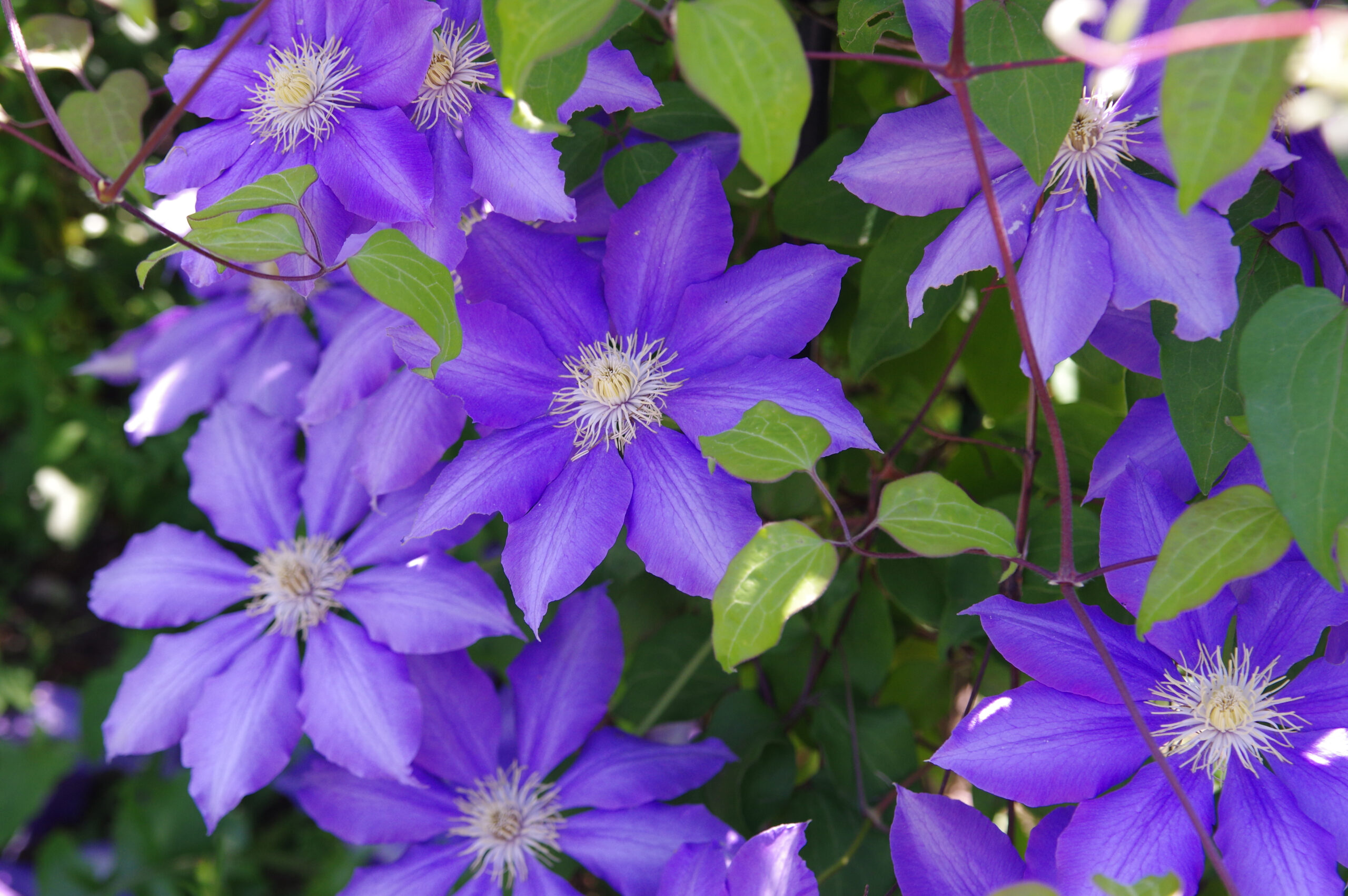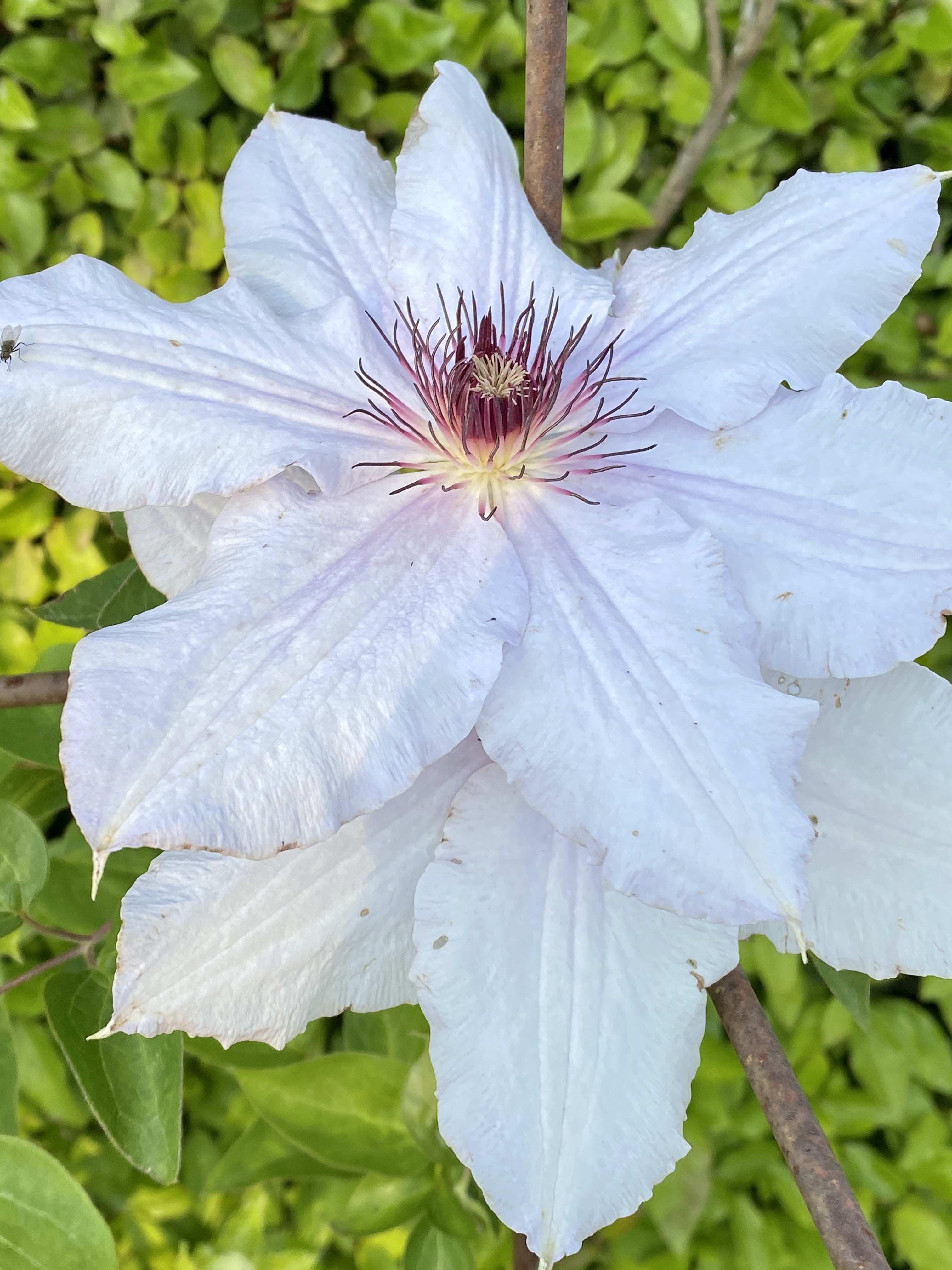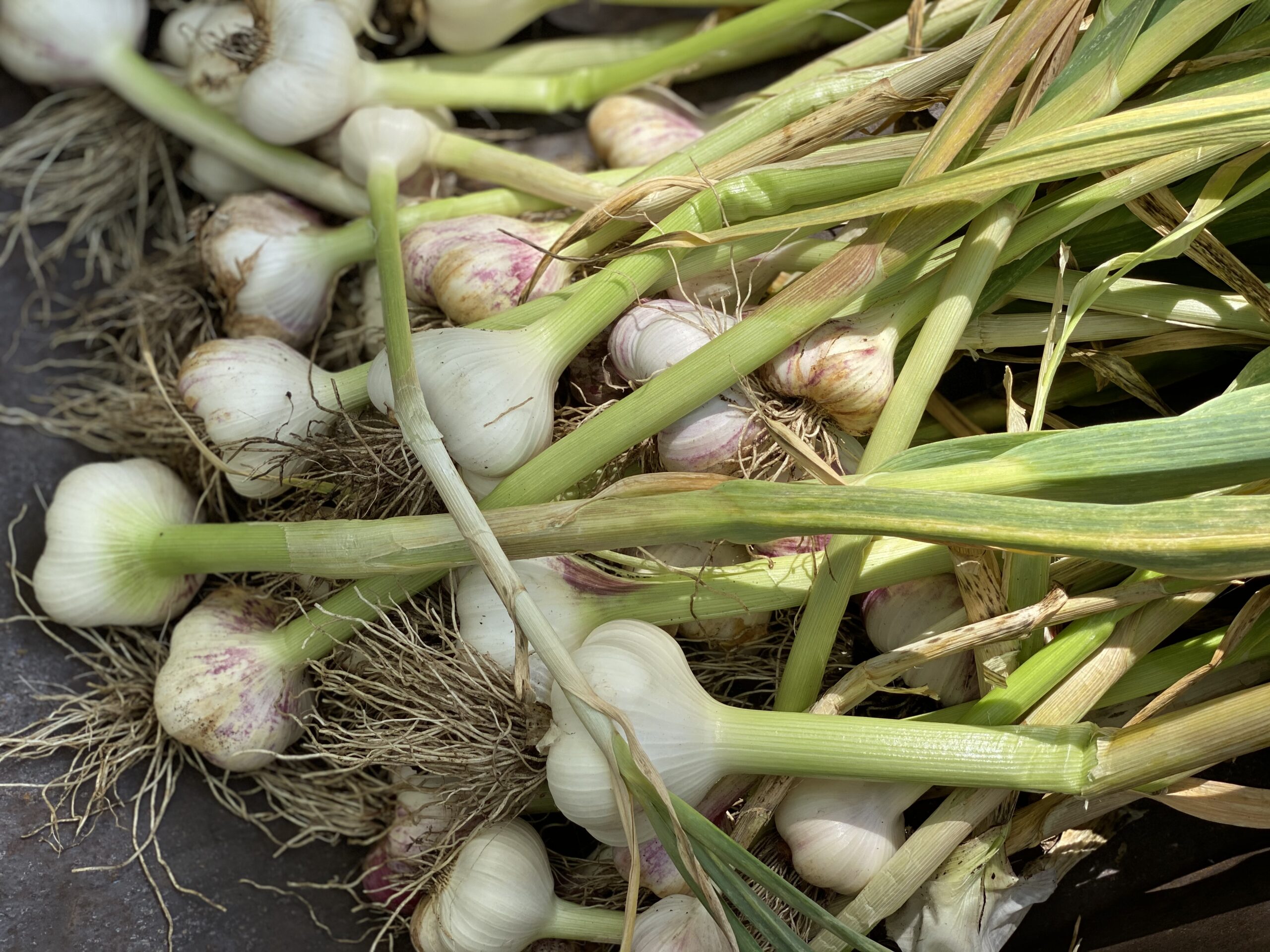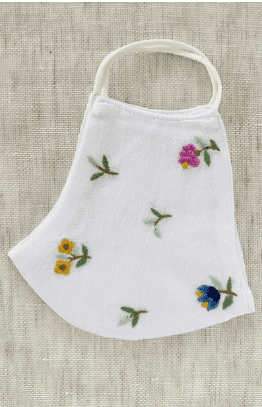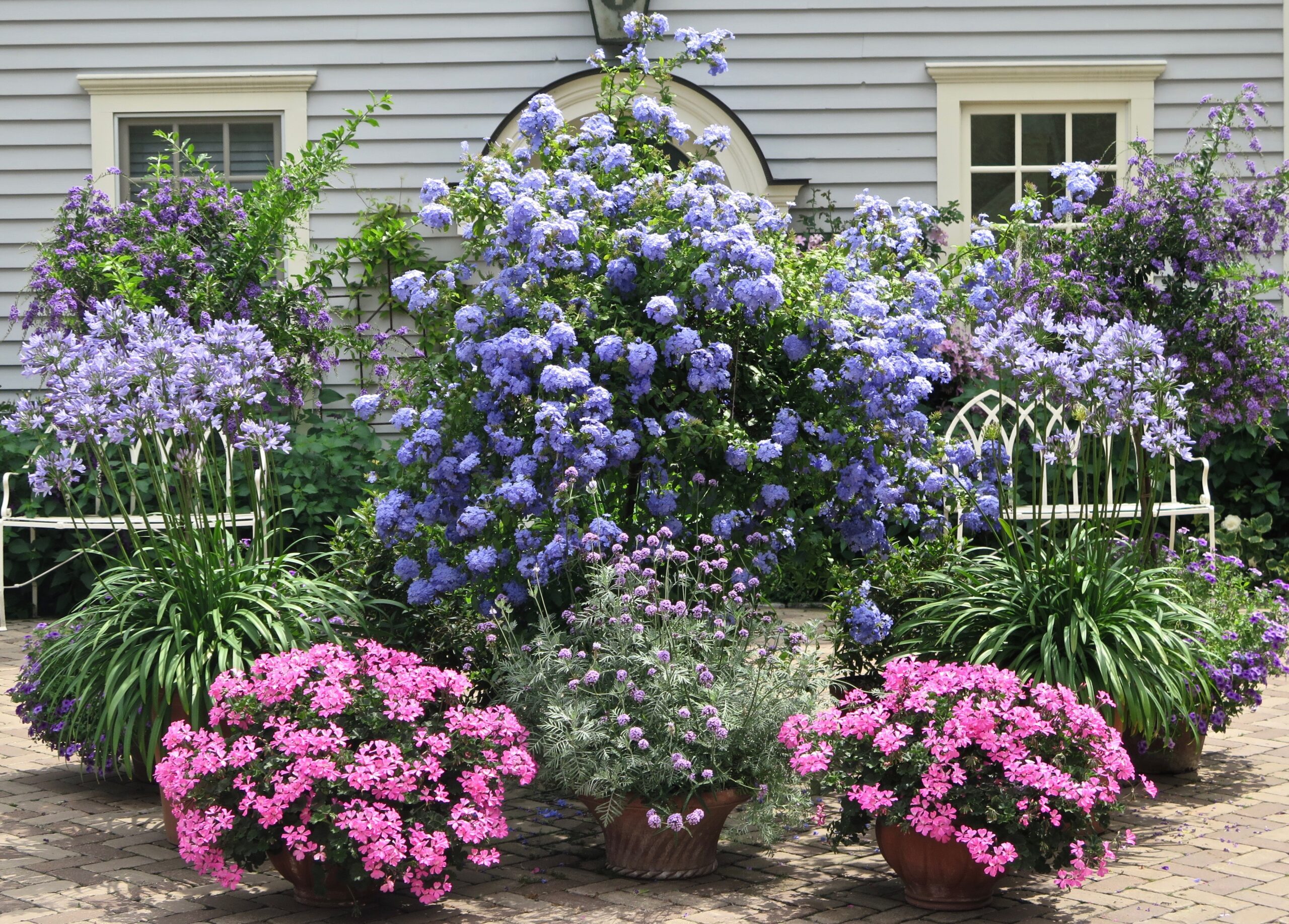One plant I look forward to seeing in the spring is my clematis, which I’ve been slowly adding to my garden over the past couple of years. Some are in full bloom this week in my Napa Valley garden while others are on the cusp of blooming. They’ve been pretty easy to grow, but this spring I realized that I need to learn a little more about them so I can help them be as successful as possible. Here are a few of the tips I’m taking away from my reading:
1. Research. I’ve always gone for the prettiest flowers, within my color palette. My favorite place to peruse these pretty flowers is Cottage Garden Nursery in Petaluma because they have more variety than I’ve seen anywhere else. But it’s important to do a little research, as there are a lot of differences between clematis plants. For starters, how tall do you want your plant to ultimately be? Some grow only 3′ tall while others can reach as high as 20′. They also bloom at different times (late spring, summer and fall) and some, like my unknown Heronswood Asian variety, can bloom more than once a year. What is the ideal plant for you?
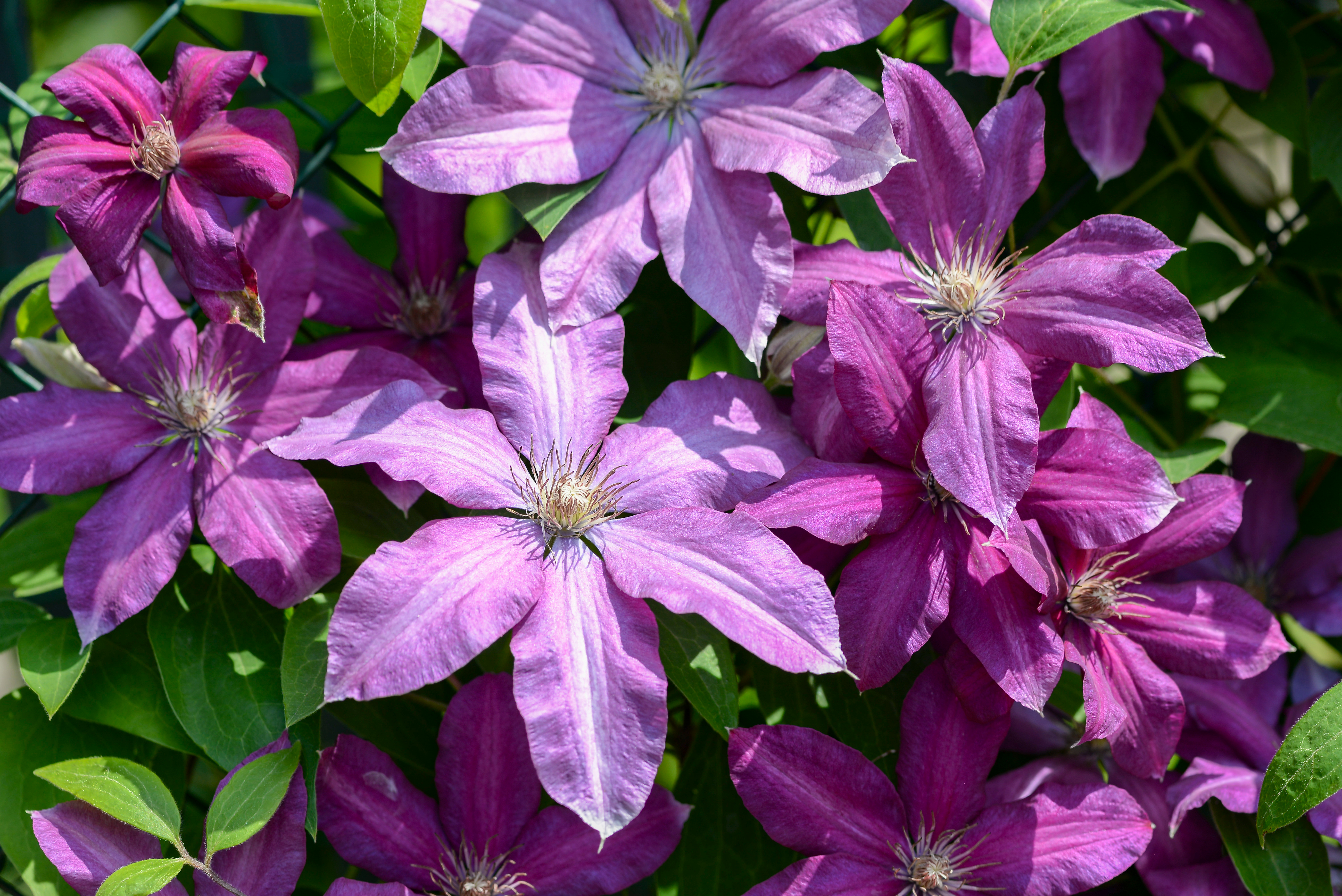

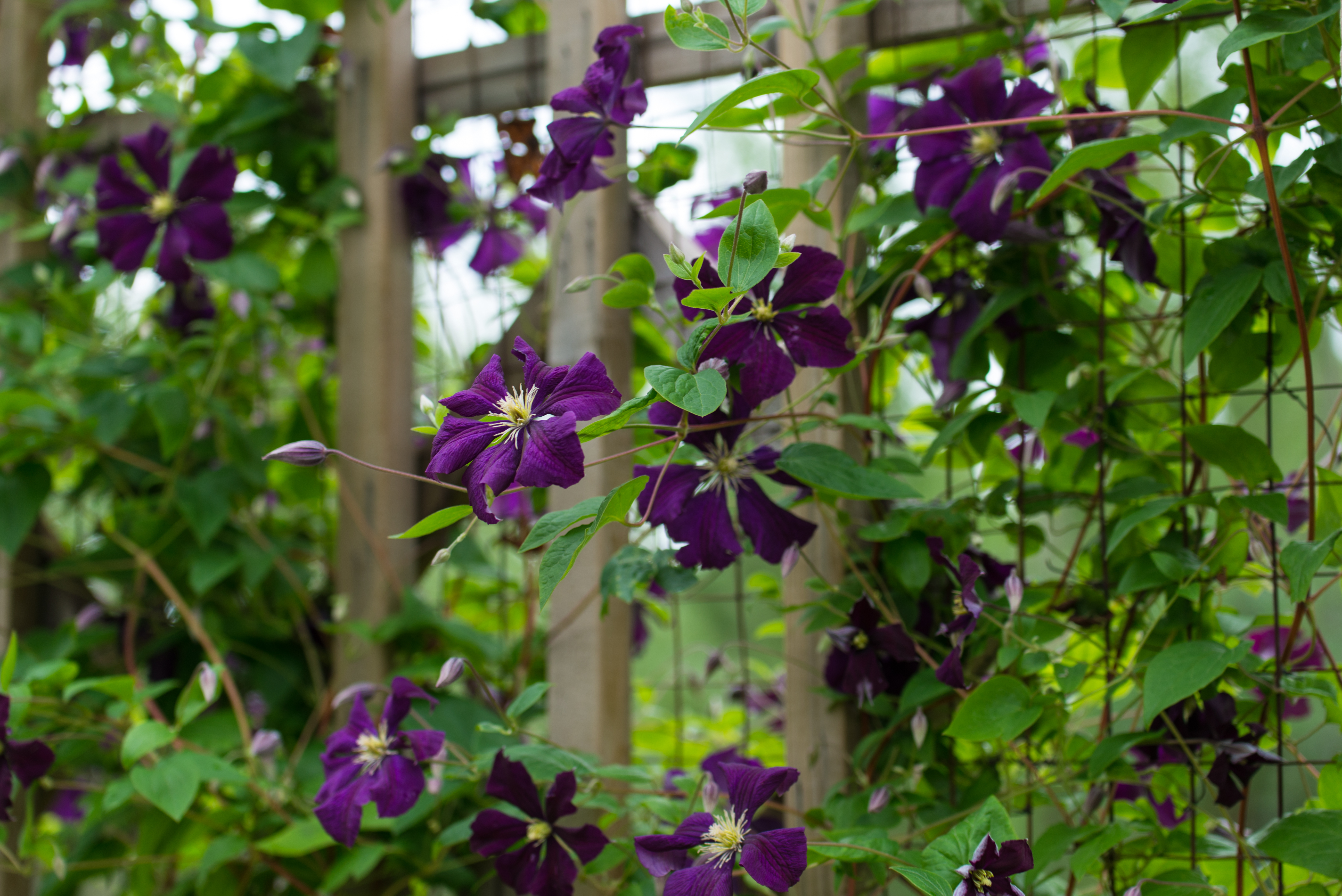

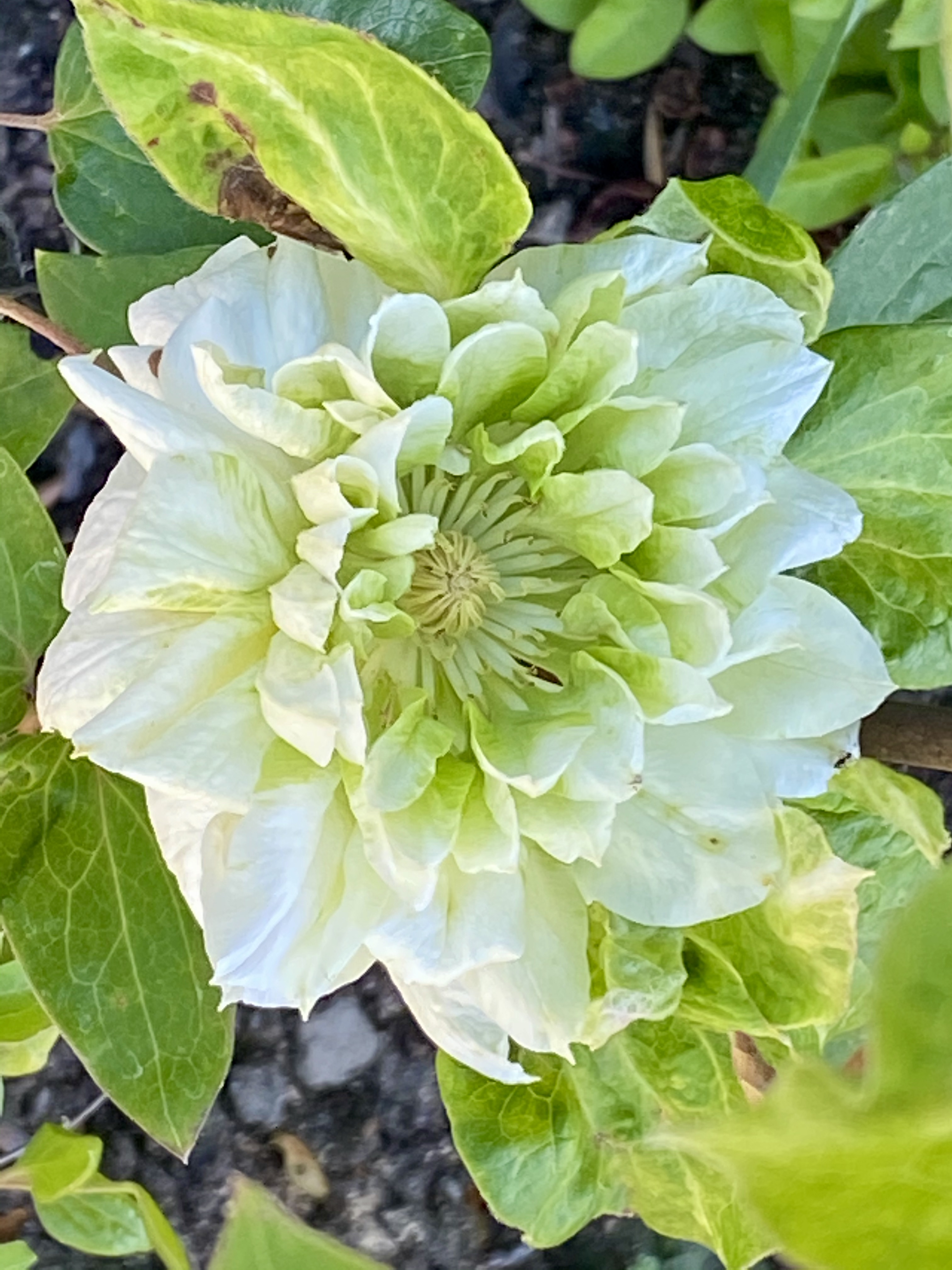

3. Prune. When you choose a plant, go online to search for the ideal pruning technique for your particular variety because each may be a little different. For example for my Henryi, it is recommended that it be cut back the vine in early spring (February in my garden) to a height of 6 – 8 inches at the nearest pair of strong leaf axil buds. For my beautiful Duchess of Edinburgh, you don’t want to heavily prune, but prune above the healthy buds on each individual stem and remove any spindly or damaged growth. Heavy pruning will result in lost flowers. I’ve missed the pruning season this year, but will schedule this for next February.
Enjoy your clematis this spring. It is one of the most beautiful and delicate of all flowers.

